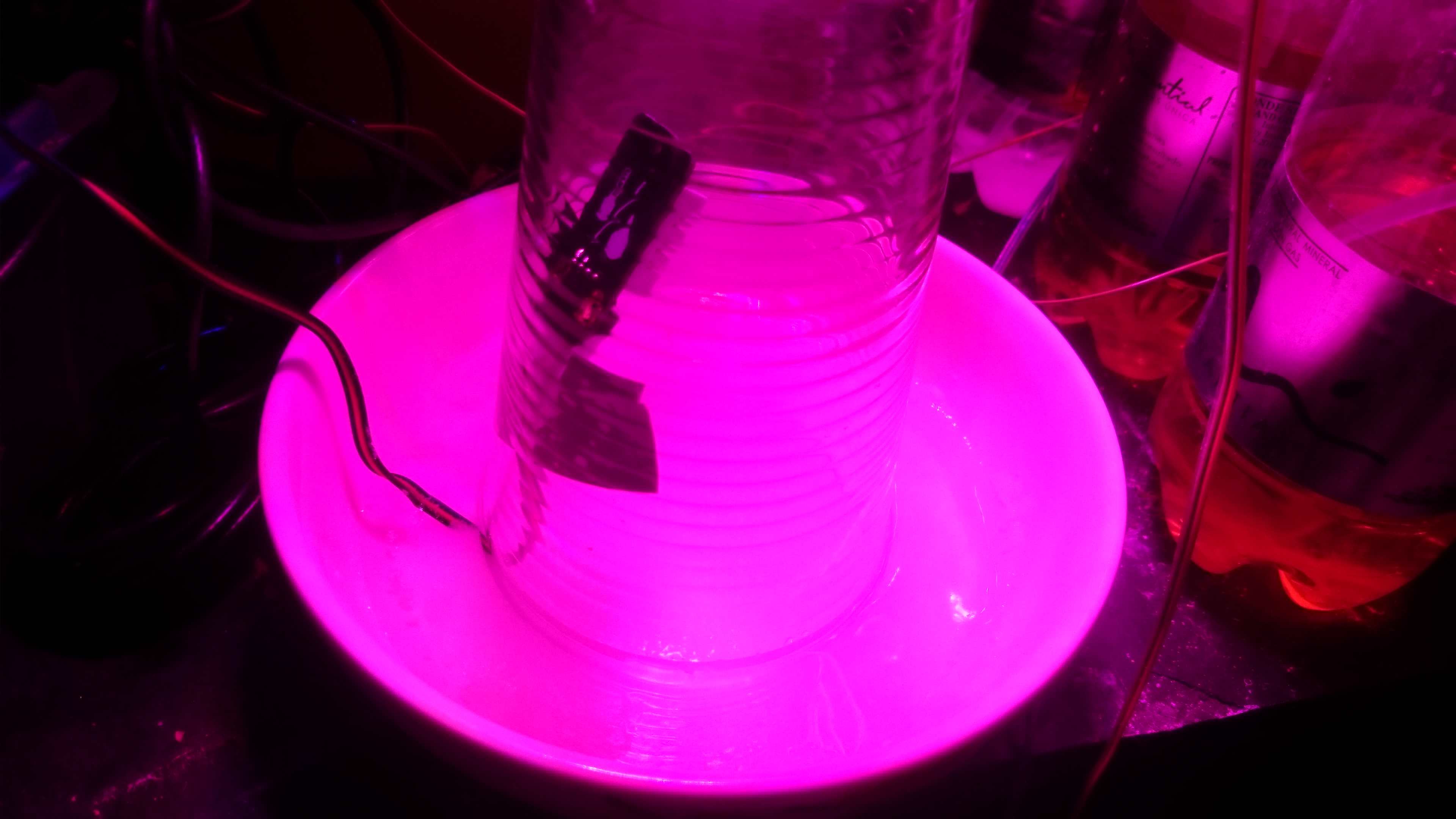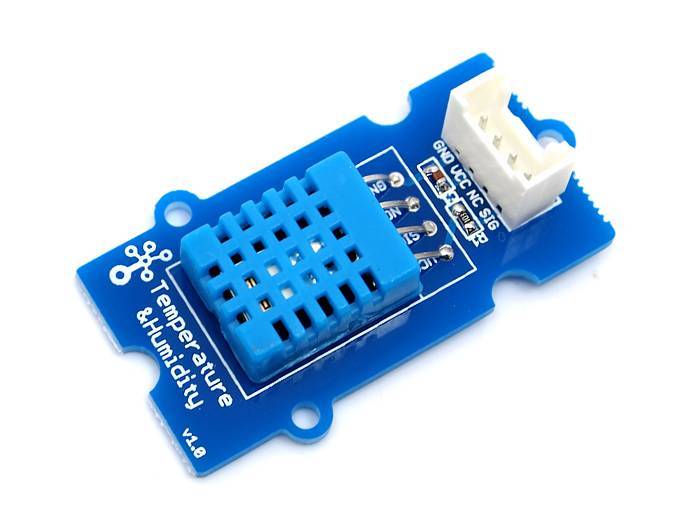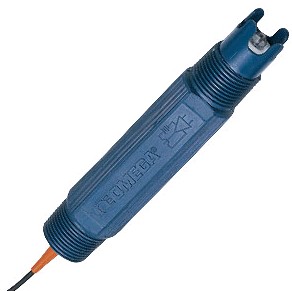How to identify resistive moisture sensors and why to never use them in hydroponics
The measuring of media moisture, also known as water-content, is critical to successfully irrigating crops in hydroponics. Badly timed irrigations cause lots of the problems faced by novice and even some large scale hydroponic growers. Trying to time irrigations at regular intervals often leads to failure because of how the water demand of a plant changes with size and environmental conditions. It is therefore critical to use a quantitative input that truly represents the amount of water in the media in order to decide whether to water or not. Sadly, the most common method to do this is through the use of resistive moisture sensors; a type of sensor that is ill-fitted for this task in hydroponics. Through this post, I will talk about how resistive sensors work, how you can identify them and why you should never use them to measure water content in your hydroponic crop.

In order to measure the amount of water in media, we need to measure a property of the media that changes in proportion to how wet it is. One of the simplest approaches to this is to put two electrodes inside the media and measure the amount of resistance to the flow of electricity between these electrodes. This exploits the difference in conductivity between water and air. When the media is wet the electrodes will experience more current flow between them. On the other hand, when the media is dry, there will be more air and, therefore, less current flowing between the electrodes. This type of sensor, where we assume that the current flow between two electrodes at a fixed potential is proportional to the amount of moisture in the soil, is what we call a resistivity moisture sensor.
There are several problems with these measurements, especially in hydroponics. The most important is that hydroponic nutrient solutions are significantly more conductive than tap water and therefore the amount of current that flows through the electrodes of the sensor will be much larger than the amount the electrodes were designed for. Since current is flowing, chemical reactions will also happen at the electrodes, corroding them and changing the measurement of resistance with time as corroded electrodes become less conductive. Due to this fact, electrode performance will deteriorate with time and the electrodes will often become useless.

Some manufacturers will try to reduce the above issue by creating electrodes using less easily corroded materials, such as stainless steel, and using AC instead of DC to measure resistivity. This might partially solve the issue of the electrodes being damaged with time but another issue arises; the conductivity of the solution is generally not constant with time as the amount of salts within the media changes. Imagine you start watering a crop with a solution that has a conductivity of 2.1mS/cm, you will then determine the measurement that corresponds to this value in the resistive sensor as “wet” but as you continue feeding salts might accumulate in the media and the conductivity in the root zone might actually be 3.0mS/cm when watering. This means that the “wet” measurement of the sensor is now greatly below the expected conductivity and therefore the sensor will fail to correctly tell you how much water there is in the media.
While resistive sensors might be able to tell between fully dry or fully wet conditions in their first use, this ability will deteriorate with time as the conductivity of the media changes or the electrodes deteriorate. Since in hydroponics we often rely on the accurate measurement of pretty specific dry back conditions in order to properly water plants, having a sensor that lacks a good degree of granularity in measuring water content is not acceptable. For this reason you should avoid sensors that use resistivity as their way to tell how much moisture there is in your media.
Thankfully telling whether a water-content sensor is a resistivity-based sensor is pretty easy. Almost all resistive sensors will contain metallic legs that are used to penetrate the media, so any sensor that uses metallic prongs like the ones showed in the two electrode examples above is most likely a sensor that uses electrical resistance to measure water-content. Sensors like this should always be avoided.
Which sensors should you use then? Within the next several posts I will be going deeper into other types of moisture sensors. I will describe other ways to measure moisture content that are better suited for hydroponics and give you some links to sensors you can get to carry out this task successfully.





